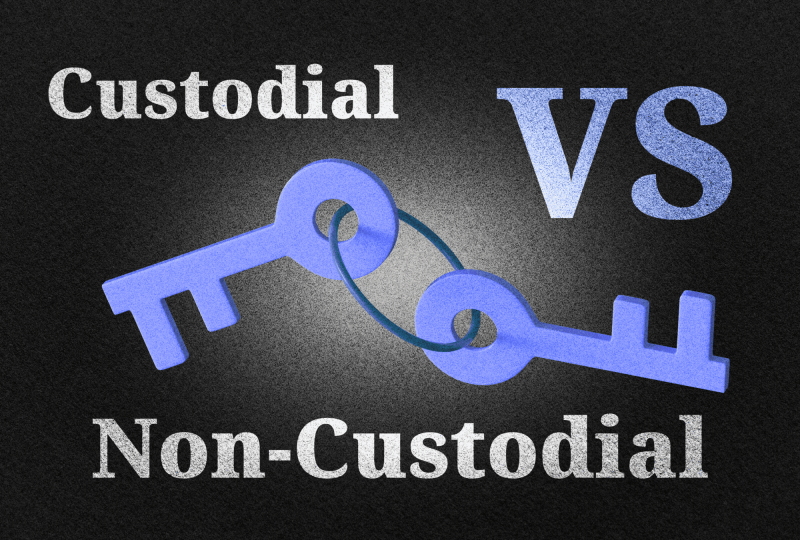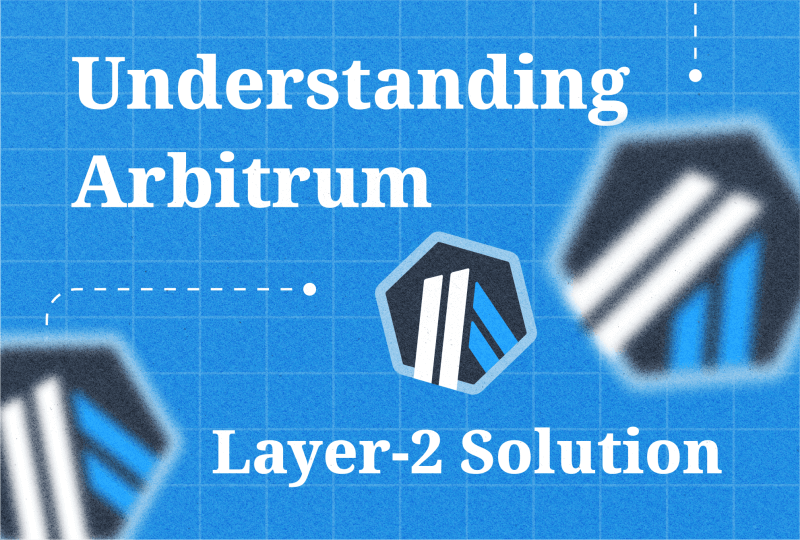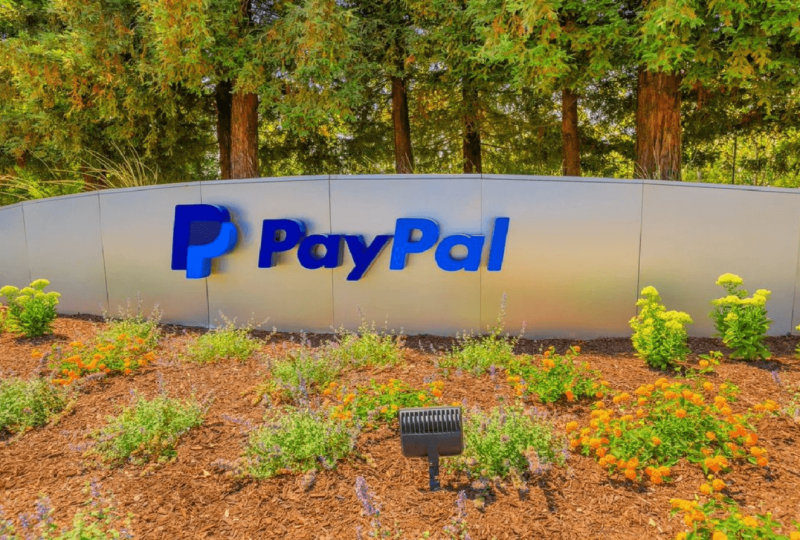Understanding a PFP NFT: New Social Media Trend
Aug 12, 2024
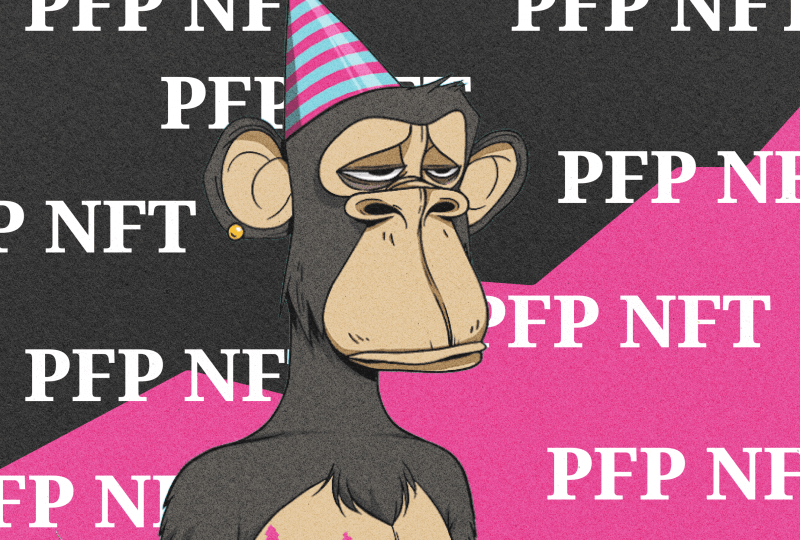
Since the digitalization process started, multiple exciting and sometimes confusing assets have appeared. NFTs are one of them, and they have significantly impacted the market. They represent distinct digital products whose ownership and authenticity are guaranteed by blockchain technology. In a number of fields, including virtual real estate, music, and art, NFTs have become quite popular, attracting the interest of both producers and consumers.
Profile Picture NFTs are a particular category. Most of the time, social media networks employ these digital assets as profile images. They function as a collection, a sign of participation in private online forums, and a marker of digital identity. Among the most prominent PFP NFT projects are CryptoPunks and Bored Ape Yacht Club (BAYC), each containing hundreds of distinct character algorithms produced.
These digital valuables have evolved into status symbols. Their uniqueness, scarcity, and cultural cachet make them so attractive. Possessing an NFT PFP gives people access to particular online areas and activities, which enhances their feeling of status and community within this community.
Key Takeaways
- PFP NFTs function as status symbols and indicators of digital identity on social media platforms.
- Blockchain improves accessibility and trust by guaranteeing ownership, authenticity, and market liquidity for PFP NFTs.
- PFP NFTs are distinctive and valuable digital artifacts because they are made with hand-drawn artwork and generative algorithms.
What Defines a PFP NFT?
PFP NFTs, or Profile Picture NFTs, are distinct digital resources mainly used for profiles on social networking. They’ve grown to be a popular trend among NFT enthusiasts. Every PFP NFT functions as a digital persona for the owner, frequently used on social media sites such as Twitter (Now X).
These NFTs are available in various designs, incorporating interactive components, animated graphics, and static images. They can represent people, animals, characters, or abstract shapes, demonstrating how to monetize creative art online. The initial NFT PFPs, such as the CryptoPunk NFTs developed by Larva Labs’ John Watkinson and Matt Hall, established the benchmark for this kind of digital collectible.
Well-liked PFP NFT collections helped to further develop the idea by adding special features and advantages for the community.
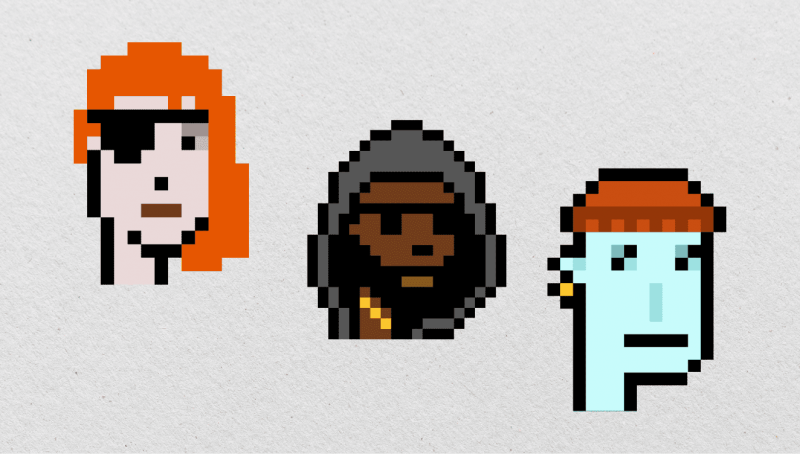
The Ethereum blockchain, in particular, is a critical component of blockchain technology used to confirm PFP NFTs’ uniqueness and authenticity. Since each NFT is unique and cannot be duplicated, it is a non-fungible token. By going through this verification process, NFT owners can be sure they have a unique digital asset within the NFT community. They can be distinguished and valued in the NFT market thanks to the usage of generative algorithms and blockchain technology. NFT collectors highly price popular PFP NFT collections, which have evolved into status symbols.
Creation and Types of PFP NFTs
Generative art technology, which uses algorithms to produce unique features within a collection, is used to manufacture and explain PFP NFTs. These algorithms guarantee that every NFT in a project has distinctive traits that add to its value and individuality. This process contrasts with personally drawn art, in which the artist creates each item by hand, and 3D digital art, which uses modeling tools for three dimensions.
Generative algorithms allow for the creation of large-scale PFP NFT collections. NFTs may contain various features, including background color, attire, and accessories. For instance, Larva Labs’ first PFP NFT project, CryptoPunks, has 10,000 distinct 24×24 pixel art graphics. Every CryptoPunk NFT is unique due to a combination of characteristics.
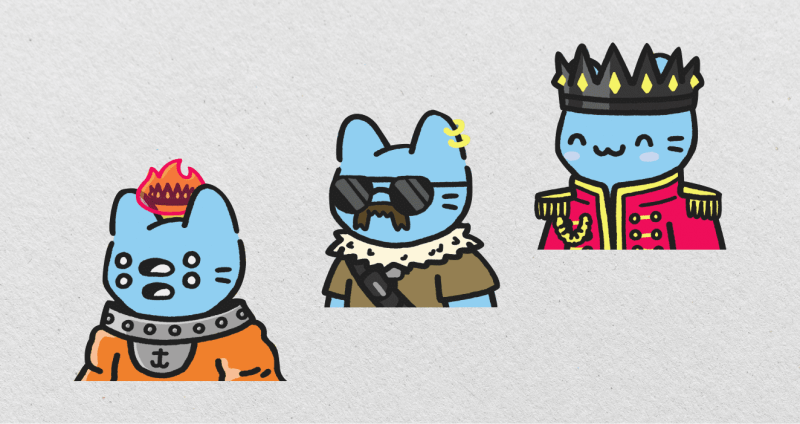
Other noteworthy PFP NFT projects include Doodles and Cool Cats. Cool Cats features nine 999 distinct cartoon cats with various features and accessories. Doodles is a collection of 10,000 hand-drawn NFTs featuring quirky, colorful characters, each with its characteristics.
These initiatives demonstrate the variety of approaches used to create the most popular PFP NFTs. The diversity offered in the NFT market is influenced by individually drawn and three-dimensional digital art, even if generative algorithms are crucial in large-scale projects. These NFTs’ distinctiveness, ingenuity in their designs, and importance to the NFT community make them valuable and popular.
Fast Fact
Kevin McCoy minted Quantum, the first NFT, in 2014. However, the Ethereum blockchain, which offered a more dependable and approachable platform for starting NFT applications, allowed NFTs to reach their full potential.
Advantages of Using Blockchains for PFP NFTs
Blockchain technology enhances PFP NFTs in several important ways. For creators and collectors, these benefits are essential for building confidence, strengthening control, and boosting market participation. Let’s take a look:
Authenticity and Provenance
PFP NFT validity is guaranteed by blockchains’ visible and unchangeable transaction records. Since each NFT transaction is documented on the blockchain, tracing ownership and confirming the asset’s past is straightforward. Within the NFT community, this transparency builds trust and lowers the chance of fraud.
Ownership and Control
PFP NFTs offer creators and collectors more control over digital assets. An NFT is given a distinct wallet address upon issuance on the Ethereum blockchain or other networks, granting its owner verifiable control over the asset. With this ownership structure, authors can profit directly from their efforts while maintaining ownership rights to their PFP NFTs work.
Accessibility to the Market and Liquidity
Blockchain technology simplifies buying and selling PFP NFTs on several marketplaces, increasing their liquidity. NFT owners can post their assets for sale on websites like OpenSea and Rarible, giving them access to a worldwide crypto market. The enhanced market accessibility allows more players to participate in the NFT sector, making the market livelier and more dynamic.
These benefits demonstrate how blockchain technology revolutionizes PFP NFT creation, ownership, and trading. Blockchains are essential to PFP projects because they guarantee authenticity, provide unambiguous ownership, and improve market liquidity.
How to Explore and Purchase PFP NFTs

PFP Platforms like OpenSea, a well-known NFT marketplace, are where they are mostly traded. Popular marketplaces like Foundation and Rarible are also available. These marketplaces give NFT buyers and sellers an array of possibilities by facilitating NFTs’ purchasing, selling, and auctioning.
Requirements
In order to purchase PFP NFTs, users must store their digital assets in a cryptocurrency wallet. Ethereum is the most popular cryptocurrency for transactions, while some sites also let users pay using credit or debit cards.
Assessing and Screening PFP NFTs
When assessing the NFT industry, consider aspects such as the author’s reputation, the level of community involvement in the project, and the distinctiveness of the digital asset. Use blockchain records to confirm ownership history and legitimacy. Verify the NFT’s worth and potential for future appreciation by observing market movements and activity.
Last Remarks
PFP NFTs are now a crucial component of cultural expression and digital identity. They provide a distinctive means for people to express their individuality and creativity via their web presence. These internet resources are changing our understanding of and interactions with art, community development, and online identity.
PFP NFTs’ role is expected to grow as the NFT market develops. They will continue to impact the digital environment and present fresh opportunities for communities, collectors, and artists.
